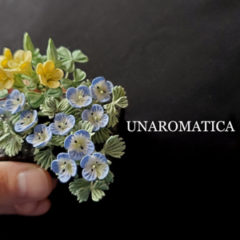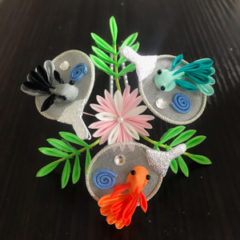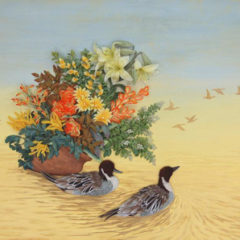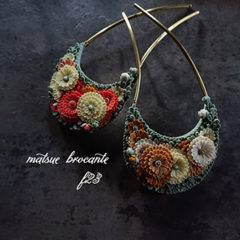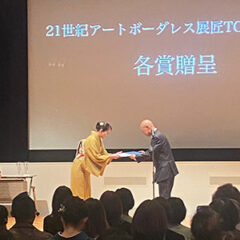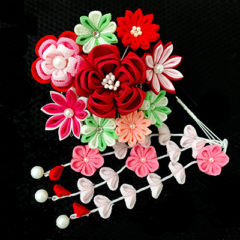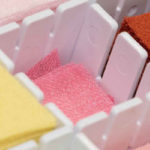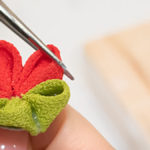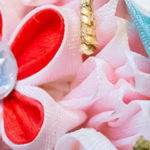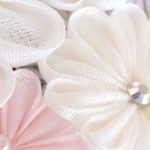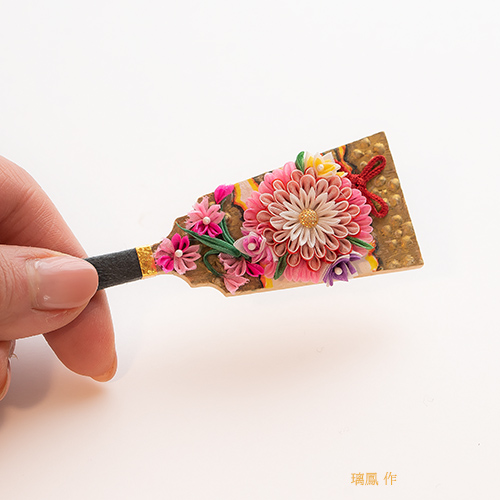
The famous Tsumami-zaiku artists will talk about their thoughts about Tsumami-zaiku.

Mr.Rihou who is committed to reviving the splendor and delicateness of the Tsumami-zaiku
in the Meiji and Taisho era by folding minimal cloths.
Profile
・ 1955: At 4 years old, he met Tsumami-zaiku through Hanayagi-style Japanese traditional dance.
・ 1980s Began Tsumami-zaiku
・ 1990s Engaged with Sata Tsumami and crafts person Kinuyo Tomura
・ 2019: Received Honorary Chairman’s Award in Japan Handicrafts Association
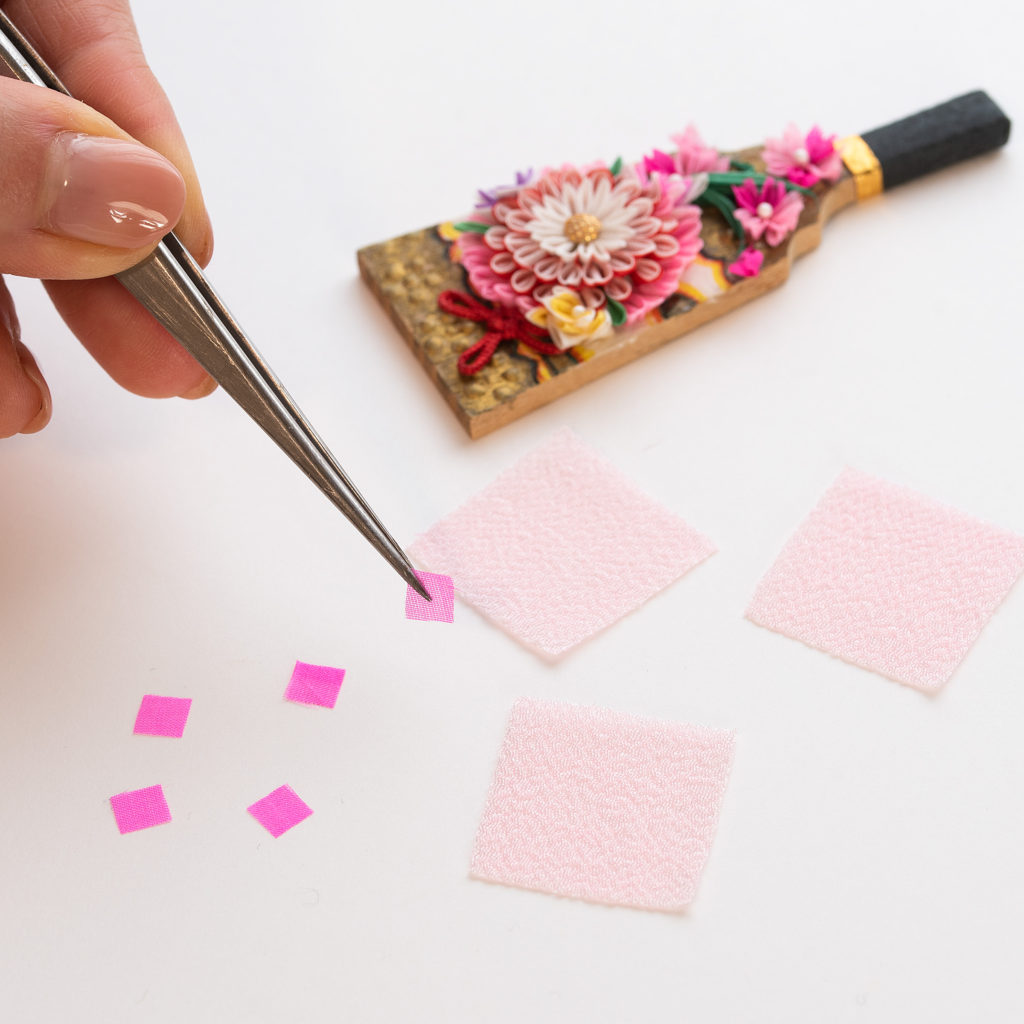
Q1. How did you start working on Tsumami-zaiku? (Or did you get involved?)
The encounter with Tsumami-zaiku was at the age of 4 in 1955. My grandfather bought me a Tsumami-kanzashi to practice Japanese dance, and I was so fascinated by its beauty at first sight. At that time, though I was young, I appealed to my parents that I wanted to make it myself. But at that time, Tsumami-zaiku was not an enjoyable hobby like nowadays. It was hard home industry. So they were against and said, “There is no way you can do it!” However, I couldn’t give up my feelings, and in the late twenties, I happened to meet Tsumami-zaiku exhibition at a department store. I thought, it was a chance to start.
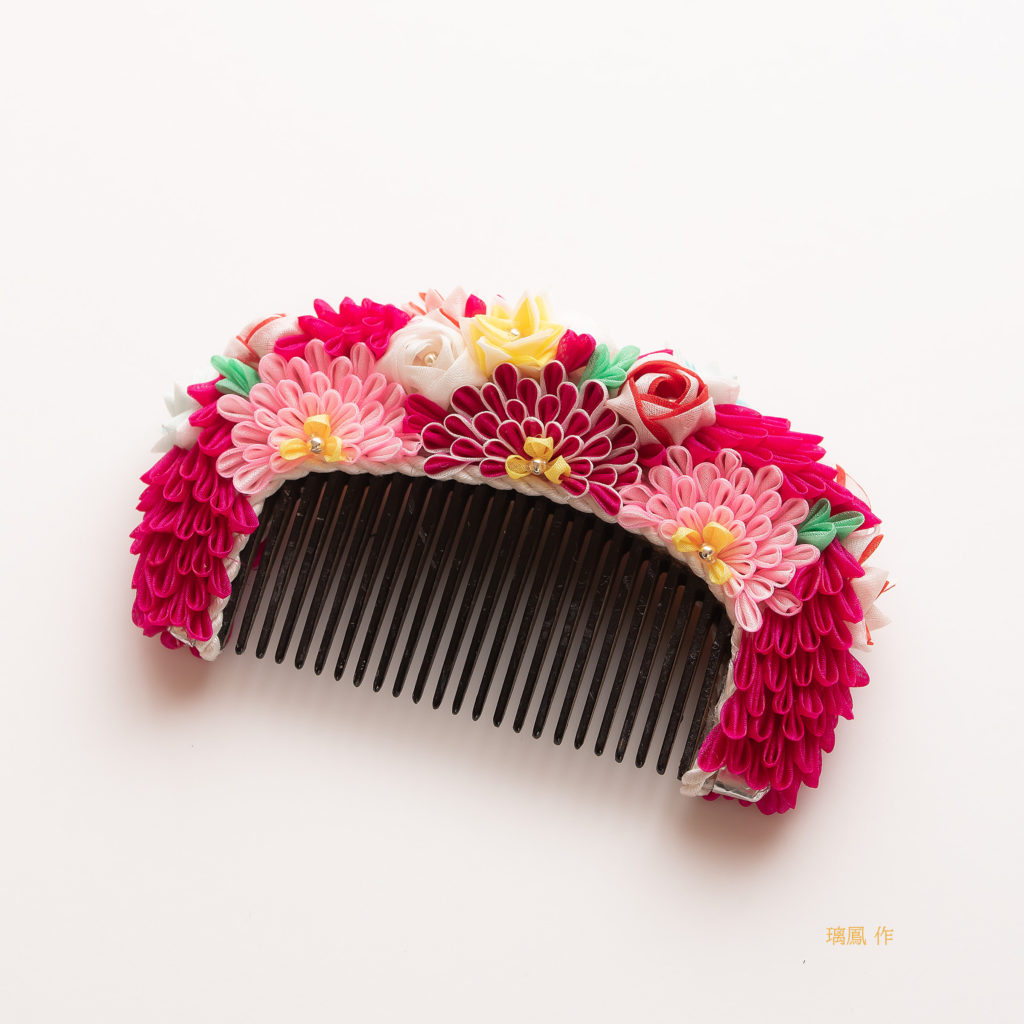
Q2. What are your commitments to your work and what do you care about?
I think “prettiness” it’s the most important thing for Tsumami-zaiku. When I finish making, I always check the prettiness of the work. If I am not satisfied with it, I cannot accept it as my work and no matter how much time it took to finish, I will discard it.

Q3. What is the attractiveness of Tsumami-zaiku for you?
Tsumami-zaiku is made with delicate materials like Habutae (silk cloth) fused with something completely opposite from the delicateness like glue. I am drawn to that subtle charm.
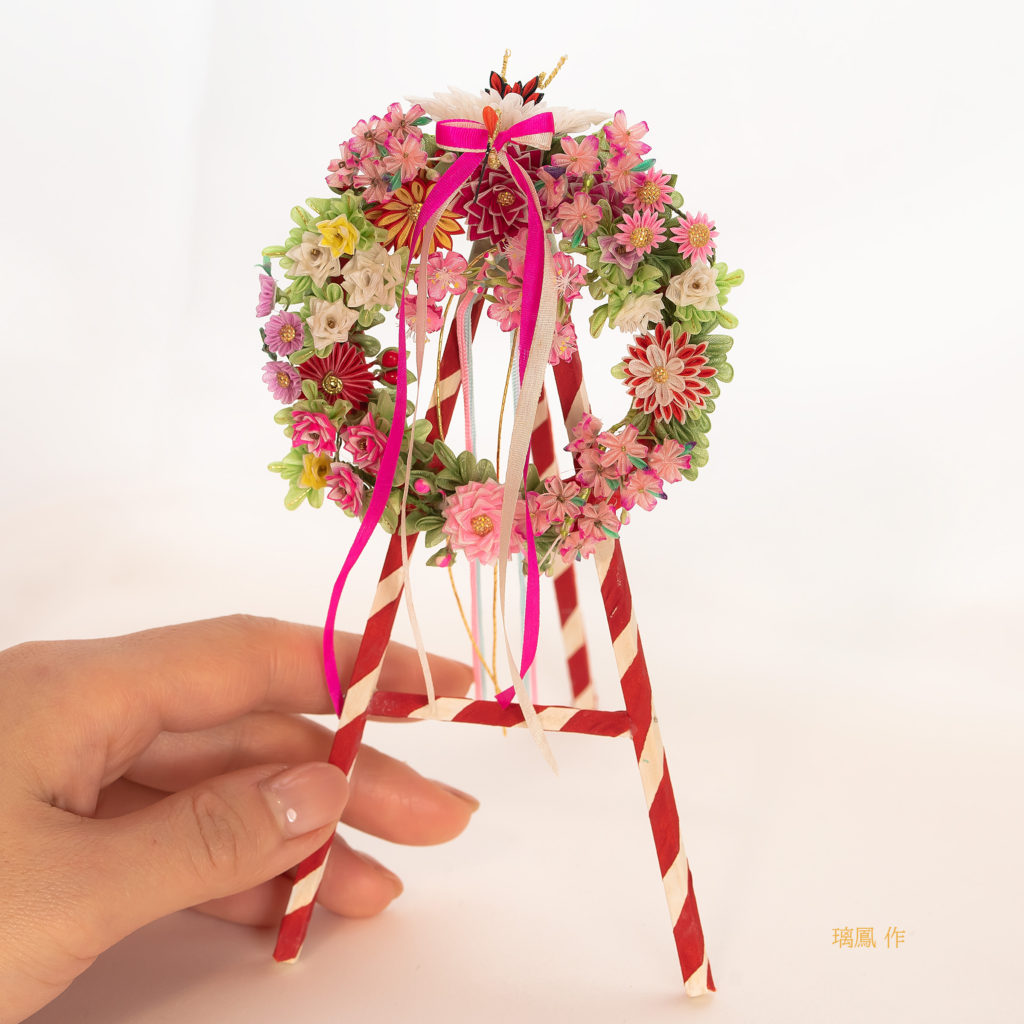
Q4. What do you think about the future possibilities of Tsumami-zaiku?
I think it’s important to bring back Japanese traditional style. For that reason, I would like to revive the charm, color, shape, technique, and etc. of Tsumami-zaiku that was normally made in Japan in the past.
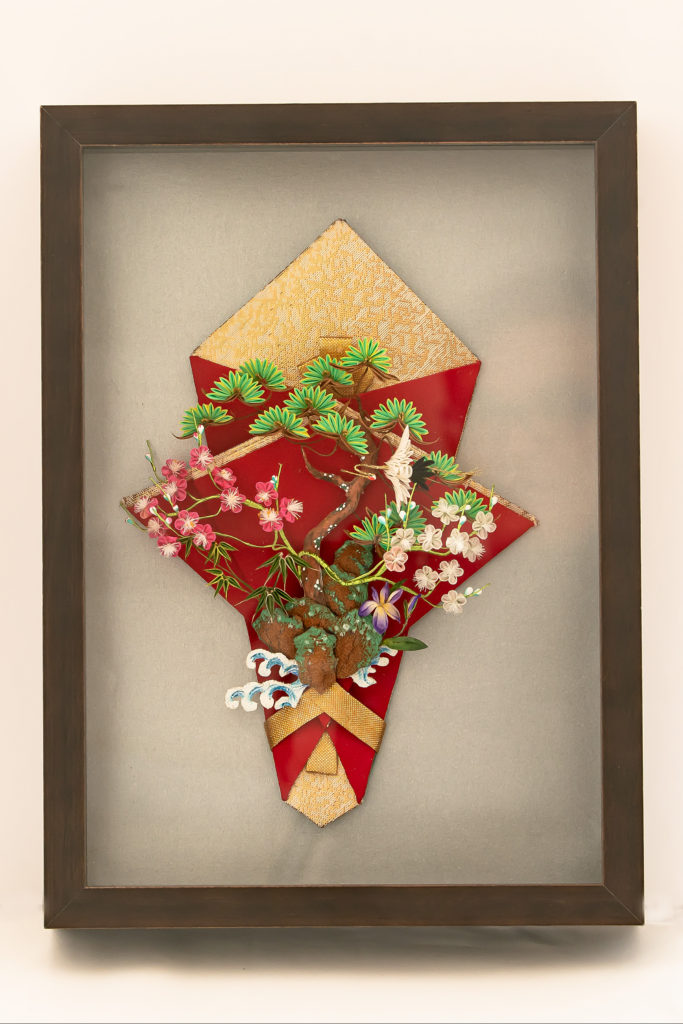
Q5. What do you want to make in the future?
I would like to revive Tsumami-zaiku Noshi (decoration paper for gifts ) which was normally used for wedding gifts until the beginning of the Showa Era.


